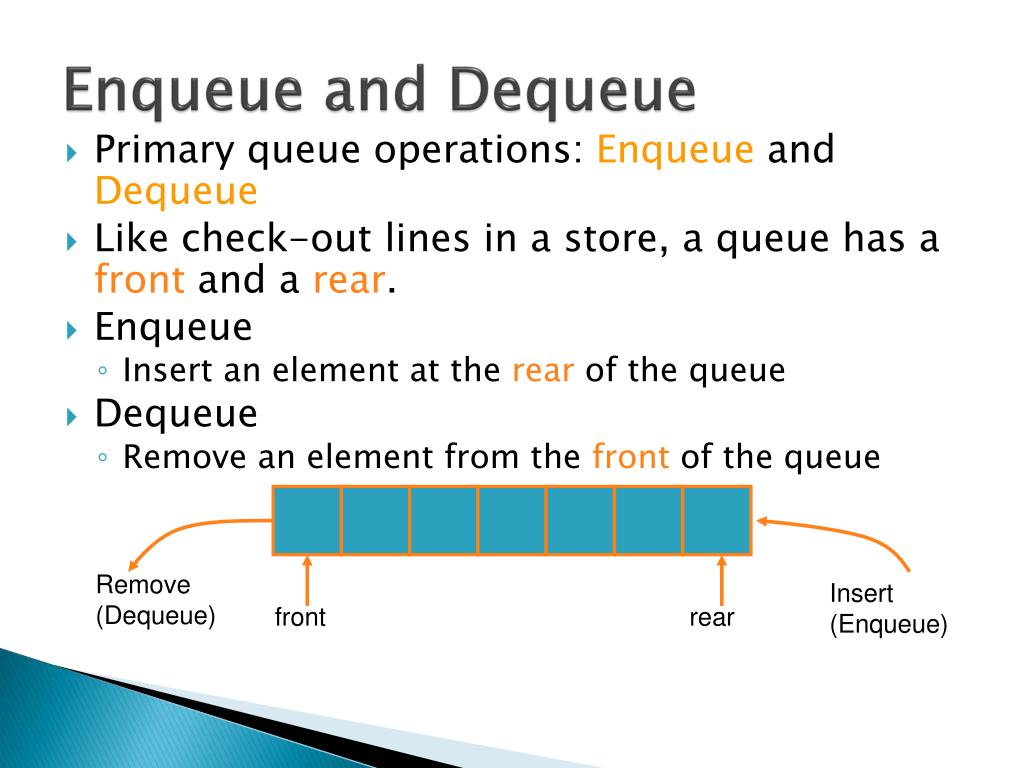

To remove the object is being queued through above FM. It really helped to solidify the concepts in my mind. Hi Suresh, When you create a lock object System automatically creat two function module. Then, I'd add, move, or remove toothpicks to simulate the operations of inserting and removing nodes. I am implementing a Queue class in C using a Node/LinkedList class that I also implemented, and I wonder if there is a way to implement the enqueue and the dequeue methods, both in algorithmic efficiency of O (1). When I first started working with linked lists, I found it helpful to lay out some playing cards to represent the nodes, and toothpicks between them to represent the links. Similarly, removing a node from the front doesn't need to affect tail, unless you remove the last node. Peek: Returns the front element present in the queue without dequeuing it. Dequeue: Removes the front element of the queue and returns it. For dequeue operations, you can select the database schema and queue name. The following queue implementation in C++ covers the following operations: Enqueue: Inserts a new element at the rear of the queue. And since you have a tail pointer, you don't need to go searching for the end of the list. Dequeue Operations or Enqueue Operations Page Enter the Oracle Advanced Queuing (AQ) Adapter trigger dequeue operation properties or invoke enqueue operation properties for your integration.

The key here is that, except when the list is empty, adding a node at the end doesn't need to affect head. If the user selects ‘insert’, the program should accept a name (String type) from the user and insert it into the deque in a sorted manner. The program gives a user the following three options to choose from insert, delete, and quit. Tail = null // if head is null, then there are no more nodes Engineering Computer Science We want the program to use a DEQueue object to create a sorted list of names. Head = head.next // head now points to the next node Node.next = null // this will be the final node in the list You'll have to convert to C#: head = null If you maintain a head reference and a tail reference, then you can enqueue at the tail, and dequeue at the head, both in O(1).


 0 kommentar(er)
0 kommentar(er)
